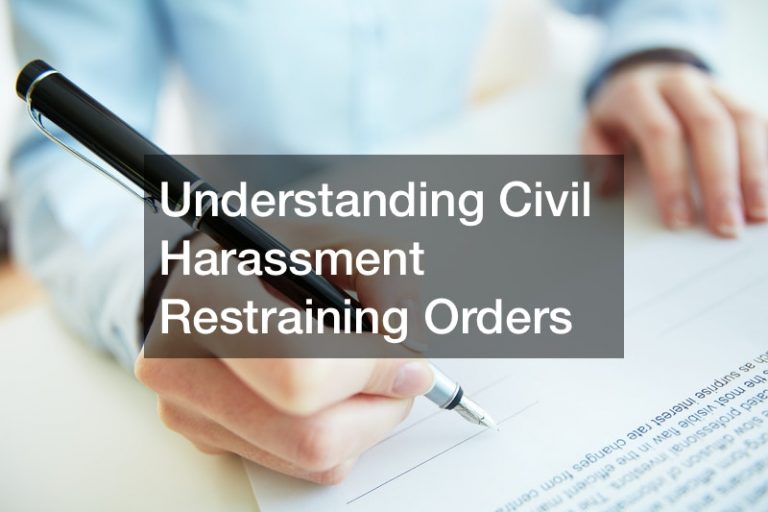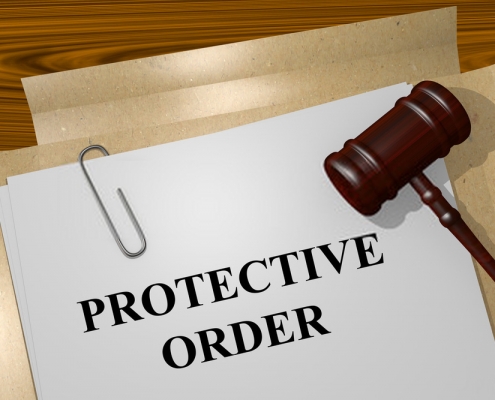
If a restraining order has been filed against you, be aware that it’s a serious issue that needs to be addressed right away. However, you do have important legal rights. You have the right to be notified, to have a court hearing, and to defend yourself if someone requests restraining order against you for alleged domestic violence or another type of domestic conflict. A request for a restraining order should never be ignored. Instead, you should educate yourself on your legal rights and options, consult with an attorney, and participate in the court process. You could face criminal charges if the protected party accuses you of violating the restraining order.
What Will Happen If You Violate A Restraining Order?

If there are reasonable grounds to believe that someone is at risk of, or has been subjected to, domestic violence, harassment, or stalking, a court in Minnesota may issue a protective order. They can issue a temporary or long-term restraining order depending on the facts of the case. If you violate a protective order, you could face misdemeanor, severe misdemeanor, or criminal consequences.
The consequences of a violation will differ based on the circumstances and the claims made against you. Harassment is a serious misdemeanor that can result in a year in prison and a $3,000 fine. In other situations, it is referred to as aggravated, and the penalties can be quite harsh, including up to five years in prison and fines of up to $10,000.
Reasons For Getting Restraining Orders
Individuals obtain restraining orders for a variety of reasons. Harassment is the most common form of harassment. Harassment is described as any behavior that makes another person feel threatened, terrified, persecuted, oppressed, or intimidated. Harassment includes stalking, returning to someone’s property repeatedly, mailings, phone calls, and other threatening acts. Criminal harassment and stalking charges can result in a severe misdemeanor or even a felony being added to a person’s criminal record, depending on the conduct committed, the age of the victim, whether a weapon was used, and other relevant factors. The purpose of obtaining a restraining order against someone is to prevent that person from contacting them.
What To Do When A Restraining Order Has Been Brought Against You
Collect Evidence That Will Assist You In Your Case
Gather any physical evidence related to the incidents or events detailed in the petition, such as clothing, photos, films, and other materials. Gather any relevant documents or data, such as letters, emails, phone and GPS records, computer records, and records that show where you were at the time of an incident. Make a list of prospective witnesses, including anyone you think might know something about the incident, the allegations, or the petitioner, and gather their contact information.
Meet With A Criminal Defense Lawyer To Discuss Your Case
As previously noted, restraining orders (temporary orders) can be issued quickly and are typically followed by a full-fledged hearing on a permanent order. Your ability to defend against a permanent restraining order will be determined by your understanding of local laws. To refute the charges levied against you, you’ll need admissible proof and persuasive arguments. Having an experienced family law attorney on your side, someone who is aware of the law, evidence standards, and the judge’s preferences, will greatly improve your chances of getting a favorable outcome.
Lauren Campoli provides expert legal representation to adults and juveniles who are facing misdemeanor, gross misdemeanor, and felony charges in Minnesota State and Federal Courts. She is a Minnesota State Bar Association certified Criminal Law Specialist, and is also a nationally-recognized trial lawyer who has tried over 50 jury trials, with a success rate of 87%.



